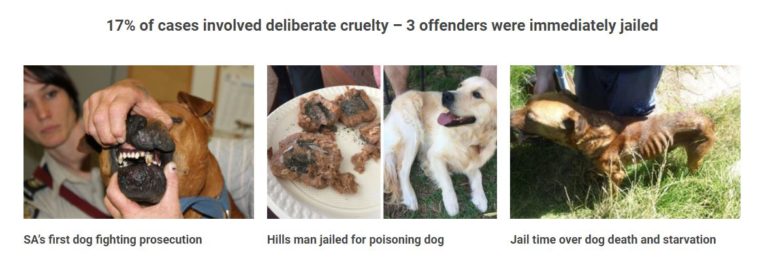When one bears witness to animal abuse, a visceral reaction often emerges. This moment of realization not only evokes compassion but also evokes a profound sense of responsibility. What comes next is paramount; the decisions made can vastly influence the lives of the afflicted creatures. Understanding the appropriate steps to take is essential for every conscientious observer.
Initially, the heart may race, urging one to intervene immediately. However, before acting impulsively, it is crucial to assess the situation thoroughly. Is the abuse ongoing or can it be classified as a one-time incident? Analyze the environment. Are there other witnesses, and is it safe to intervene? The context significantly dictates the next course of action. By appraising the circumstances with a rational mindset, each step can be more effectively aligned with the ultimate goal—ensuring the well-being of the animal.
Once clarity begins to emerge regarding the nature of the incident, the first actionable step should encompass documentation. Record detailed observations: the date, time, location, involved individuals, and any pertinent descriptions of the animal’s condition. Photographic evidence can be compelling; the saying “a picture is worth a thousand words” holds considerable truth here. This meticulous account forms the backbone of any potential report or plea for assistance.
After compiling this information, the next logical step is to report the situation to the appropriate authorities. This will typically involve contacting local animal control, humane societies, or law enforcement agencies. Each jurisdiction has designated organizations tasked with handling animal cruelty cases, equipped with the necessary expertise and legal authority to take appropriate action. Providing them with comprehensive details—including your documentation—creates a robust case for intervention.
Nevertheless, it is vital to remain mindful of the procedures that govern reporting these incidents. In some regions, anonymity can be maintained to protect the identity of the reporter. This aspect is crucial, as direct confrontation can lead to further danger both for the whistleblower and for the animal in question. Understanding local laws regarding reporting animal abuse can empower one to act without fear of escalation.
Additionally, engaging with community advocacy groups can amplify efforts. Numerous organizations pour their resources into responding to animal abuse cases. Joining forces with these groups not only heightens the chances for effective resolution but may also provide emotional support and guidance through the process. Sharing experiences with like-minded individuals fosters a network of awareness and action driven by compassion.
The ripple effects of reporting incidents of animal abuse can carry weighty repercussions beyond the immediate situation. Not only does it pave the way for the abused animal’s rescue, but it can also help thwart potential future incidents. By holding perpetrators accountable and showcasing community vigilance, a deterrent is established against the continuation of such abhorrent behaviors.
Despite the urgency of the matter, it is equally essential to care for one’s emotional well-being throughout this process. Witnessing animal cruelty can be harrowing, leading to emotional fatigue or distress. Engaging with supportive friends, family, or counseling professionals can provide a necessary outlet for processing these feelings. One’s mental health should never be underestimated while taking on such a weighty cause.
Once a report is made, it is prudent to follow up. Authorities may be inundated with cases, and thus, maintaining communication can ensure that the incident remains on their radar. This persistence embodies a commitment to the animals and delineates a proactive stance against cruelty. It is not enough to merely report and retreat; continuous advocacy is integral for securing justice.
As perplexing as it may seem, there can be cases where the investigation yields no immediate resolution. In such instances, adopting a broader approach to advocacy might be warranted. Engaging in public education or organizing community awareness campaigns can build momentum. Elevating the dialogue surrounding animal rights fosters an informed populace that is less likely to turn a blind eye to suffering.
Furthermore, interacting with local media outlets can extend the reach of the issue, bringing more awareness to the community. Framing the narrative around animal welfare encourages discourse that can lead to meaningful change. It serves as a compelling reminder that animal rights transcend mere legalities; they embody an ethical obligation that society must uphold.
In conclusion, witnessing animal abuse should catalyze an urgent and informed response. Each witness possesses the ability to influence the outcome dramatically. Through careful assessment, documentation, and appropriate reporting, one can navigate the complexities of these situations effectively. Allied with dedicated organizations and a community-oriented mindset, there’s hope for both justice and healing for the affected animals. In summation, individuals possess the power to reshape the narrative surrounding animal cruelty; wielding that power responsibly can lead to transformative outcomes.







